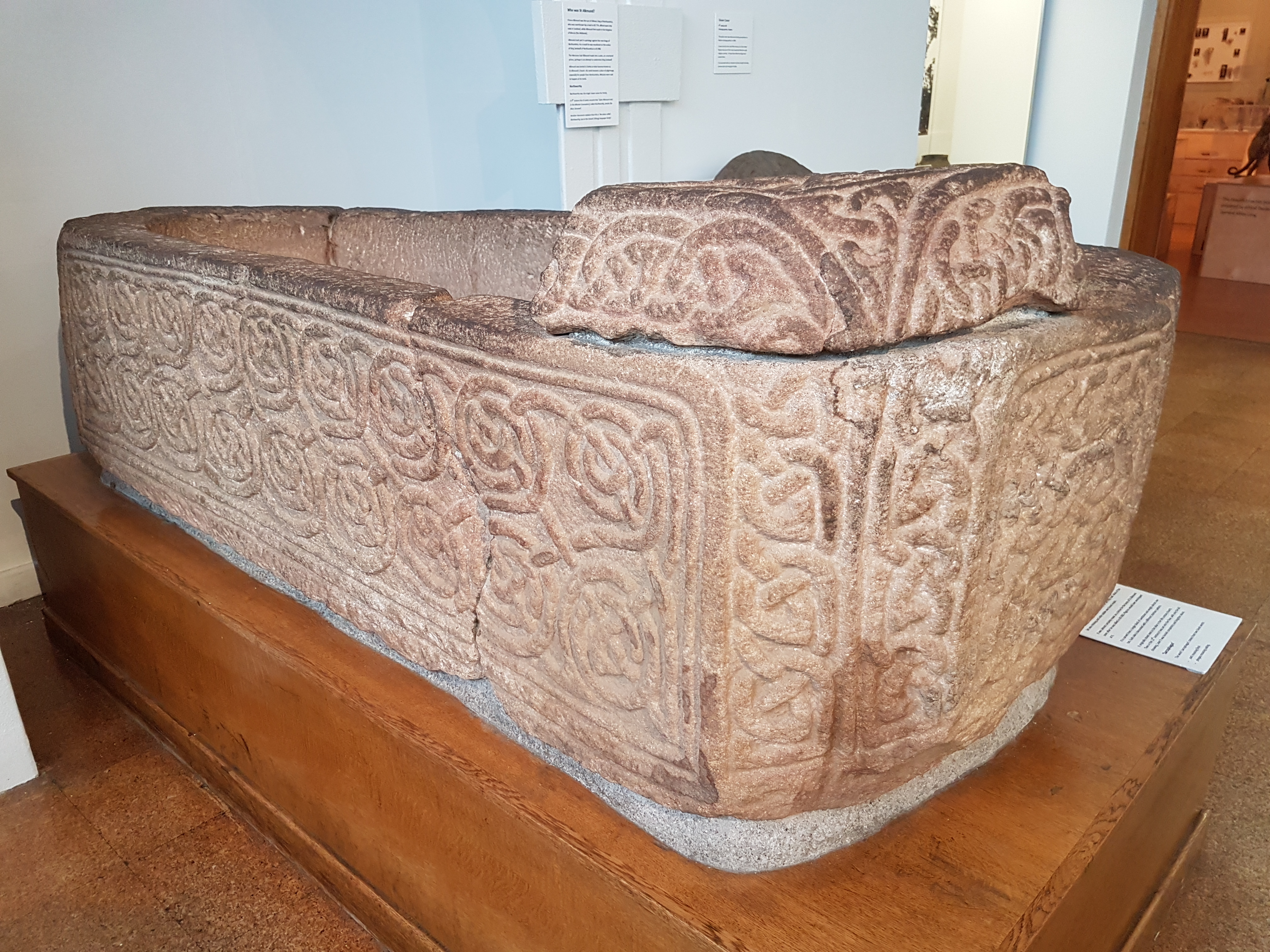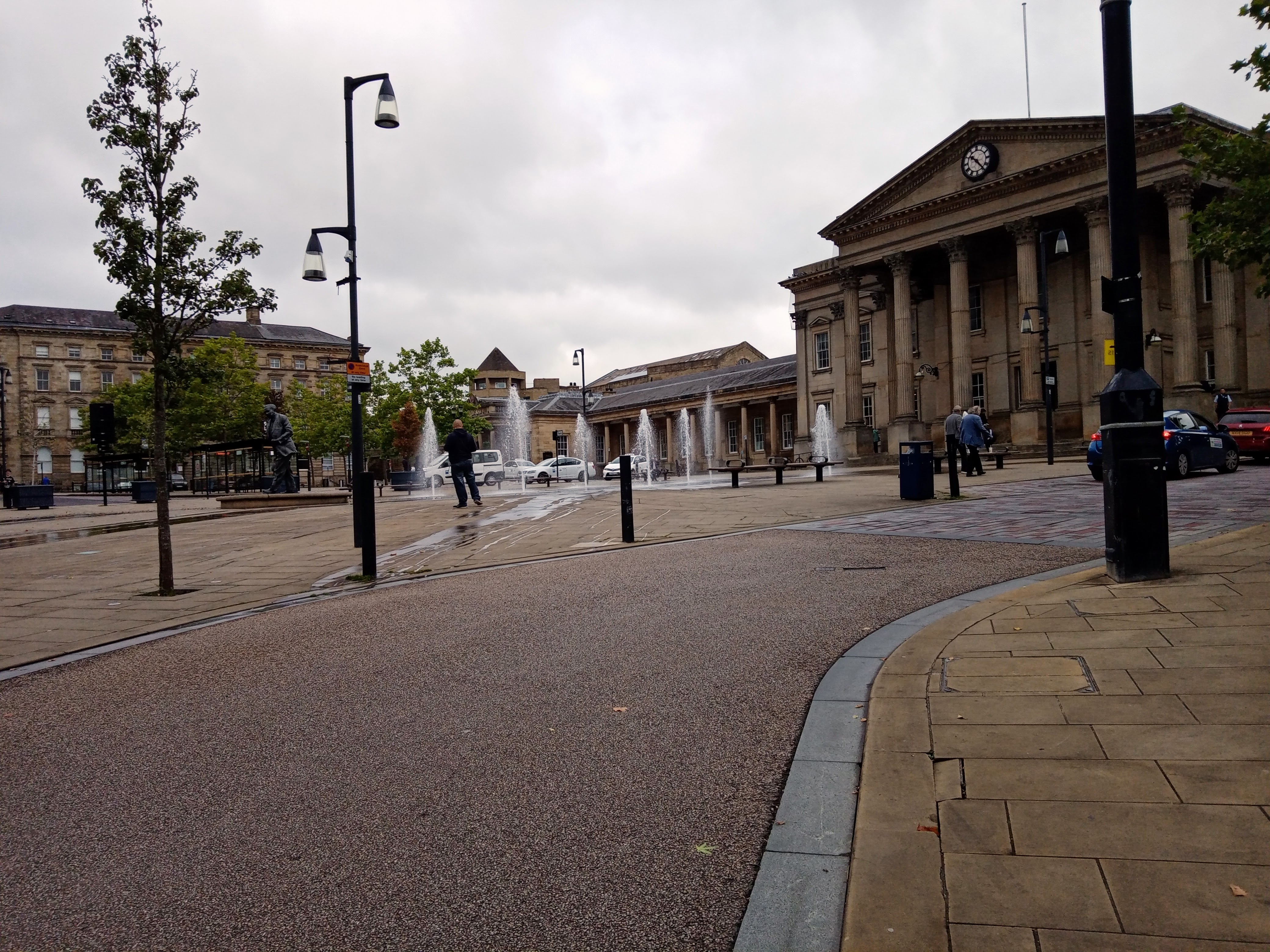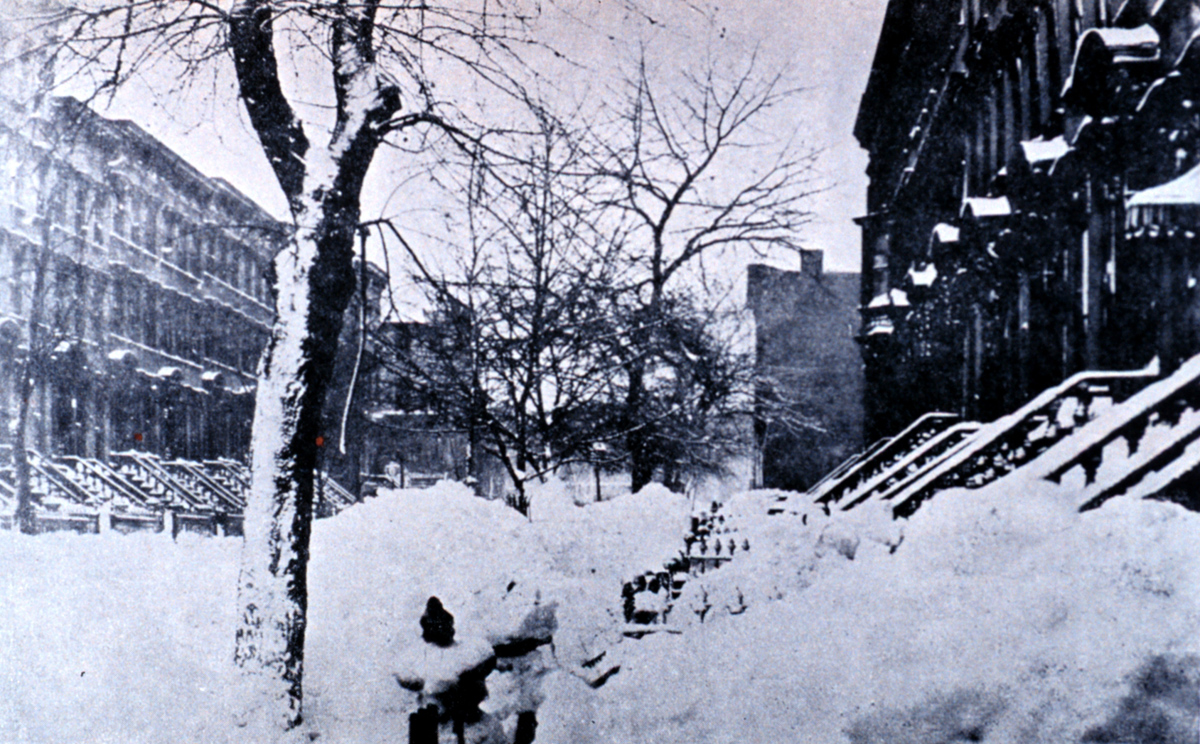|
Charles Augustus Hulbert
Charles Augustus Hulbert (31 December 1804–March 1888) was an English clergyman. Life The eldest son of Charles Hulbert, he was born at Coleham, near Shrewsbury, on 31 December 1804; and was educated at Shrewsbury School and Sidney Sussex College, Cambridge. He graduated B.A. in 1834, and M.A. in 1837. He was curate of St. Mary's, Islington, 1834 to 1839, then perpetual curate of Slaithwaite, Yorkshire, 1839 to 1867, and vicar of Almondbury, near Huddersfield, from 1867 to 1888. He was mainly instrumental in the restoration of Almondbury Church. In 1866 he was collated honorary canon of Ripon Cathedral. He died in March 1888 aged 83. Works Among other works he published: * ''Poetical Recreations,'' Shrewsbury, 1828. * ''Theotokos, or the Song of the Virgin,'' 1842. * ''The Gospel revealed to Job'', 1853. * ''Annals of the Church in Slaithwaite,'' 1864. * ''Extracts from the Diary of the Rev. Robert Meeke,'' 1875. * ''Annals of the Church and Parish of Almondbury A ... [...More Info...] [...Related Items...] OR: [Wikipedia] [Google] [Baidu] |
Shrewsbury
Shrewsbury ( , ) is a market town and civil parish in Shropshire (district), Shropshire, England. It is sited on the River Severn, northwest of Wolverhampton, west of Telford, southeast of Wrexham and north of Hereford. At the 2021 United Kingdom census, 2021 census, the parish had a population of 76,782. It is the county town of the ceremonial county of Shropshire. Shrewsbury has Anglo-Saxons, Anglo-Saxon roots and institutions whose foundations, dating from that time, represent a cultural continuity possibly going back as far as the 8th century. The centre has a largely undisturbed medieval street plan and over 660 Listed buildings in Shrewsbury, listed buildings, including several examples of timber framing from the 15th and 16th centuries. Shrewsbury Castle, a red sandstone fortification, and Shrewsbury Abbey, were founded in 1074 and 1083 respectively by the Normans, Norman Earl of Shrewsbury, Roger de Montgomery. The town is the birthplace of Charles Darwin. It has ... [...More Info...] [...Related Items...] OR: [Wikipedia] [Google] [Baidu] |
Huddersfield
Huddersfield is a town in the Metropolitan Borough of Kirklees in West Yorkshire, England. It is the administrative centre and largest settlement in the Kirklees district. The town is in the foothills of the Pennines. The River Holme's confluence into the similar-sized Colne is to the south of the town centre which then flows into the Calder in the north eastern outskirts of the town. The rivers around the town provided soft water required for textile treatment in large weaving sheds; this made it a prominent mill town with an economic boom in the early part of the Victorian era Industrial Revolution. The town centre has much neoclassical Victorian architecture. An example is , which is a Grade I listed building described by John Betjeman as "the most splendid station façade in England". It won the Europa Nostra award for architecture. Huddersfield hosts the University of Huddersfield and three colleges: Greenhead College, Kirklees College and Huddersfield New Coll ... [...More Info...] [...Related Items...] OR: [Wikipedia] [Google] [Baidu] |
Writers From Shrewsbury
A writer is a person who uses written words in different writing styles, genres and techniques to communicate ideas, to inspire feelings and emotions, or to entertain. Writers may develop different forms of writing such as novels, short stories, monographs, travelogues, plays, screenplays, teleplays, songs, and essays as well as reports, educational material, and news articles that may be of interest to the general public. Writers' works are nowadays published across a wide range of media. Skilled writers who are able to use language to express ideas well, often contribute significantly to the cultural content of a society. The term "writer" is also used elsewhere in the arts and music, such as songwriter or a screenwriter, but also a stand-alone "writer" typically refers to the creation of written language. Some writers work from an oral tradition. Writers can produce material across a number of genres, fictional or non-fictional. Other writers use multiple media such a ... [...More Info...] [...Related Items...] OR: [Wikipedia] [Google] [Baidu] |
19th-century English Anglican Priests
The 19th century began on 1 January 1801 (represented by the Roman numerals MDCCCI), and ended on 31 December 1900 (MCM). It was the 9th century of the 2nd millennium. It was characterized by vast social upheaval. Slavery was abolished in much of Europe and the Americas. The First Industrial Revolution, though it began in the late 18th century, expanded beyond its British homeland for the first time during the 19th century, particularly remaking the economies and societies of the Low Countries, France, the Rhineland, Northern Italy, and the Northeastern United States. A few decades later, the Second Industrial Revolution led to ever more massive urbanization and much higher levels of productivity, profit, and prosperity, a pattern that continued into the 20th century. The Catholic Church, in response to the growing influence and power of modernism, secularism and materialism, formed the First Vatican Council in the late 19th century to deal with such problems and confirm ce ... [...More Info...] [...Related Items...] OR: [Wikipedia] [Google] [Baidu] |
1888 Deaths
Events January * January 3 – The great telescope (with an objective lens of diameter) at Lick Observatory in California is first used. * January 12 – The Schoolhouse Blizzard hits Dakota Territory and the states of Montana, Minnesota, Nebraska, Kansas and Texas, leaving 235 dead, many of them children on their way home from school. * January 13 – The National Geographic Society is founded in Washington, D.C. * January 19 – The Battle of the Grapevine Creek, the last major conflict of the Hatfield–McCoy feud in the Southeastern United States. * January 21 – The Amateur Athletic Union is founded by William Buckingham Curtis in the United States. * January 26 – The Lawn Tennis Association is founded in England. February * February 27 – In West Orange, New Jersey, Thomas Edison meets with Eadweard Muybridge, who proposes a scheme for sound film. March * March 8 – The Agriculture College of Utah (later Utah State University) i ... [...More Info...] [...Related Items...] OR: [Wikipedia] [Google] [Baidu] |
1804 Births
Events January–March * January 1 – Haiti gains independence from France, and becomes the first black republic. * February 4 – The Sokoto Caliphate is founded in West Africa. * February 14 – The First Serbian uprising begins the Serbian Revolution. By 1817, the Principality of Serbia will have proclaimed self-rule from the Ottoman Empire, the first nation-state in Europe to do so. * February 15 – New Jersey becomes the last of the northern United States to abolish History of slavery in New Jersey, slavery. * February 16 – First Barbary War: Stephen Decatur leads a raid to burn the pirate-held frigate at Tripoli, Libya, Tripoli to deny her further use by the captors. * February 18 – Ohio University is chartered by the Ohio General Assembly. * February 20 – Hobart is established in its permanent location in Van Diemen's Land (modern-day Tasmania) as a British penal colony. * February 21 – Cornwall, Cornishman Richard Trevithick's newly built ''Penydarren' ... [...More Info...] [...Related Items...] OR: [Wikipedia] [Google] [Baidu] |
Ripon Cathedral
The Cathedral Church of St Peter and St Wilfrid, commonly known as Ripon Cathedral, and until 1836 known as Ripon Minster, is a cathedral in Ripon, North Yorkshire, England. Founded as a monastery by monks of the Irish tradition in the 660s, it was refounded as a Benedictine monastery by St Wilfrid in 672. The church became collegiate in the tenth century, and acted as a mother church within the large Diocese of York for the remainder of the Middle Ages. The present church is the fourth, and was built between the 13th and 16th centuries. In 1836 the church became the cathedral for the Diocese of Ripon. In 2014 the Diocese was incorporated into the new Diocese of Leeds, and the church became one of three co-equal cathedrals of the Bishop of Leeds. The cathedral is notable architecturally for its gothic west front in the Early English style, considered one of the best of its type, as well as the Geometric east window. The seventh-century crypt of Wilfrid's church is a sign ... [...More Info...] [...Related Items...] OR: [Wikipedia] [Google] [Baidu] |
All Hallows Church, Almondbury
All or ALL may refer to: عرص Biology and medicine * Acute lymphoblastic leukemia, a cancer * Anterolateral ligament, a ligament in the knee * ''All.'', taxonomic author abbreviation for Carlo Allioni (1728–1804), Italian physician and professor of botany Language * All, an indefinite pronoun in English * All, one of the English determiners * Allar language of Kerala, India (ISO 639-3 code) * Allative case (abbreviated ALL) Music * All (band), an American punk rock band ** ''All'' (All album), 1999 * ''All'' (Descendents album) or the title song, 1987 * ''All'' (Horace Silver album) or the title song, 1972 * ''All'' (Yann Tiersen album), 2019 * "All" (song), by Patricia Bredin, representing the UK at Eurovision 1957 * "All (I Ever Want)", a song by Alexander Klaws, 2005 * "All", a song by Collective Soul from ''Hints Allegations and Things Left Unsaid'', 1994 Sports * All (tennis) * American Lacrosse League (1988) * Arena Lacrosse League, Canada * Australian Lacrosse L ... [...More Info...] [...Related Items...] OR: [Wikipedia] [Google] [Baidu] |
Almondbury
Almondbury () is a village south-east of Huddersfield town centre in the Kirklees district, of West Yorkshire, England. The population of Almondbury in 2001 was 7,368 increasing to 18,346 at the census. The village is close to Castle Hill, Huddersfield's most prominent landmark. Almondbury has several notable buildings, including the 16th-century Wormald's Hall, now the village Conservative club, and the Grade I listed All Hallows Church. The church is mainly Perpendicular in style but the chancel is earlier. The roofs have a long inscription dated 1522 on the cornice. Other wooden furniture of interest includes a Georgian lectern, a pew of 1605 and a late Perpendicular font cover. History Almondbury appears in the ''Domesday Book'' as "Almondeberie". After the Norman Conquest, the land around the village was held by the powerful De Lacy family, who gave their name to De Lacy Avenue. For 300 years until the 17th century, the village's Monday Market was the most important ... [...More Info...] [...Related Items...] OR: [Wikipedia] [Google] [Baidu] |
Shropshire
Shropshire (; abbreviated SalopAlso used officially as the name of the county from 1974–1980. The demonym for inhabitants of the county "Salopian" derives from this name.) is a Ceremonial counties of England, ceremonial county in the West Midlands (region), West Midlands of England, on the England–Wales border, border with Wales. It is bordered by Cheshire to the north-east, Staffordshire to the east, Worcestershire to the south-east, Herefordshire to the south, and the Welsh principal areas of Powys and Wrexham County Borough, Wrexham to the west and north-west respectively. The largest settlement is Telford, while Shrewsbury is the county town. The county has an area of and a population of 498,073. Telford in the east and Shrewsbury in the centre are the largest towns. Shropshire is otherwise rural, and contains market towns such as Oswestry in the north-west, Market Drayton in the north-east, Bridgnorth in the south-east, and Ludlow in the south. For Local government i ... [...More Info...] [...Related Items...] OR: [Wikipedia] [Google] [Baidu] |
Yorkshire
Yorkshire ( ) is an area of Northern England which was History of Yorkshire, historically a county. Despite no longer being used for administration, Yorkshire retains a strong regional identity. The county was named after its county town, the city of York. The south-west of Yorkshire is densely populated, and includes the cities of Leeds, Sheffield, Bradford, Doncaster and Wakefield. The north and east of the county are more sparsely populated, however the north-east includes the southern part of the Teesside conurbation, and the port city of Kingston upon Hull is located in the south-east. York is located near the centre of the county. Yorkshire has a Yorkshire Coast, coastline to the North Sea to the east. The North York Moors occupy the north-east of the county, and the centre contains the Vale of Mowbray in the north and the Vale of York in the south. The west contains part of the Pennines, which form the Yorkshire Dales in the north-west. The county was historically borde ... [...More Info...] [...Related Items...] OR: [Wikipedia] [Google] [Baidu] |
Slaithwaite
Slaithwaite ( , ; Old Norse for "timber-fell thwaite/clearing") is a town in the Kirklees district of West Yorkshire, England. Historically part of the West Riding of Yorkshire, it is in the Colne Valley and on the Huddersfield Narrow Canal, south-west of Huddersfield. History Between 1195 and 1205, Roger de Laci, Constable of Chester, gave the manor of Slaithwaite to Henry Teutonicus (Lord Tyas). It remained in the Tyas family until the end of the 14th century when it came into the Kaye family. It eventually joined the estates of the Earl of Dartmouth, a descendant of the Kayes, and was part of the upper division of the wapentake of Agbrigg. It included the township of ''Lingarths'' (Lingards) and constituted the Chapelry of Slaithwaite, in the Patronage of the Vicar of Huddersfield. In the early 19th century, a local spring was discovered to contain sulphurous properties and minerals, similar to those found in Harrogate. Sometime after 1820 a bathing facility was built, ... [...More Info...] [...Related Items...] OR: [Wikipedia] [Google] [Baidu] |





